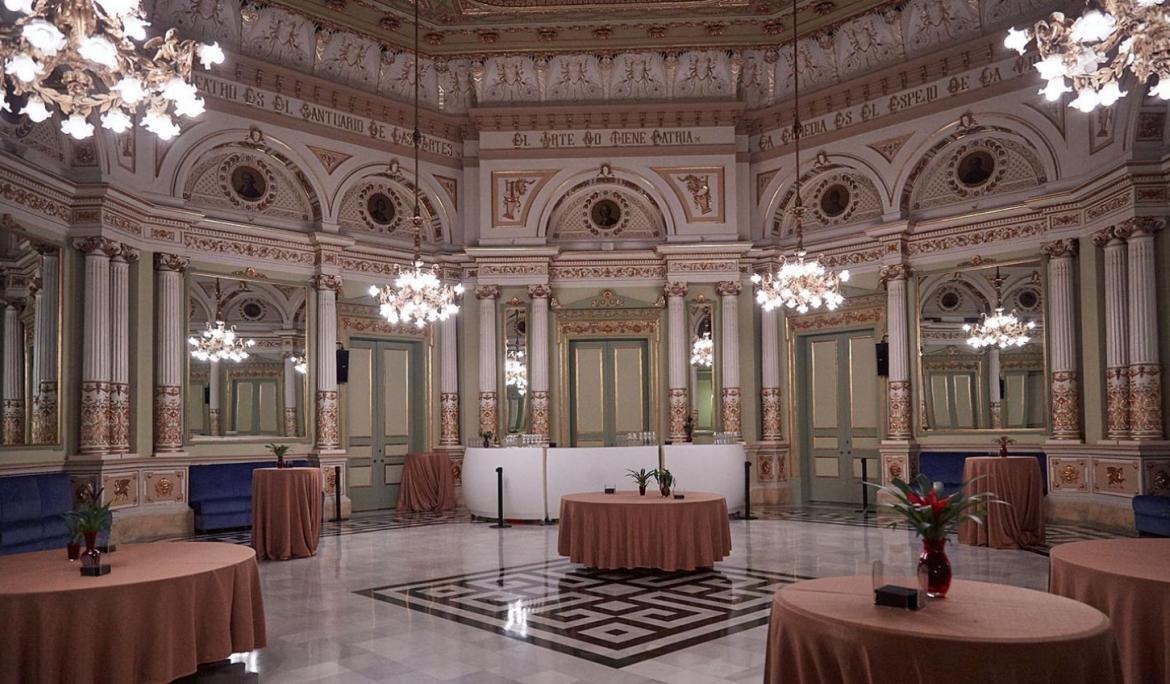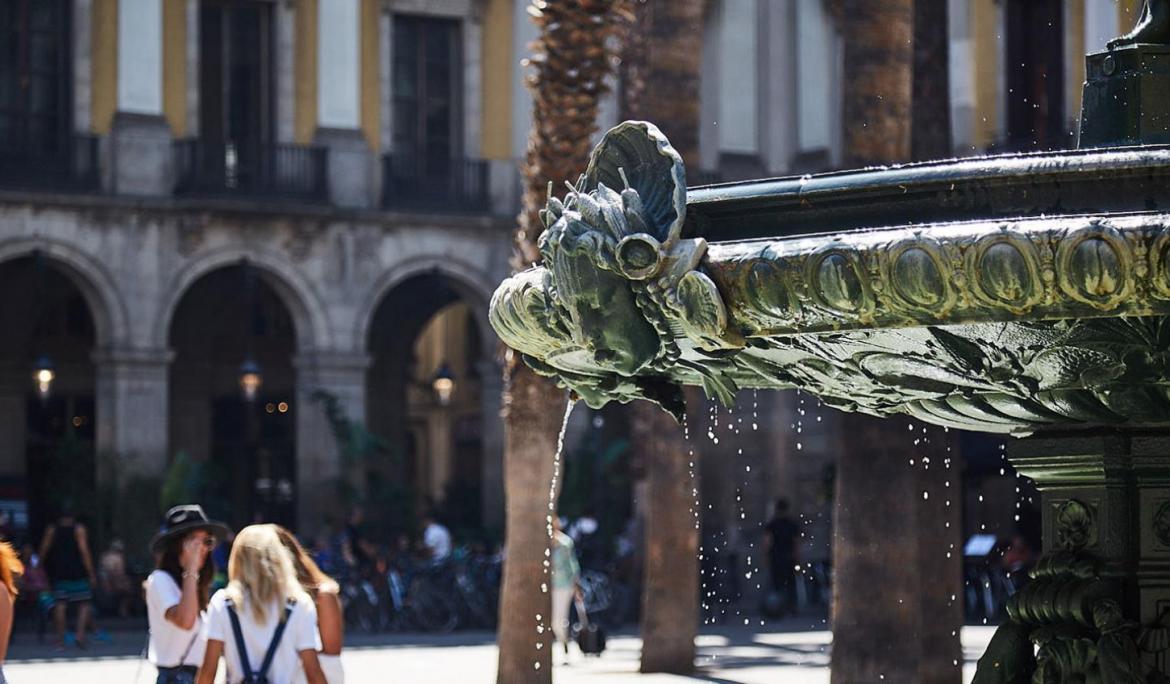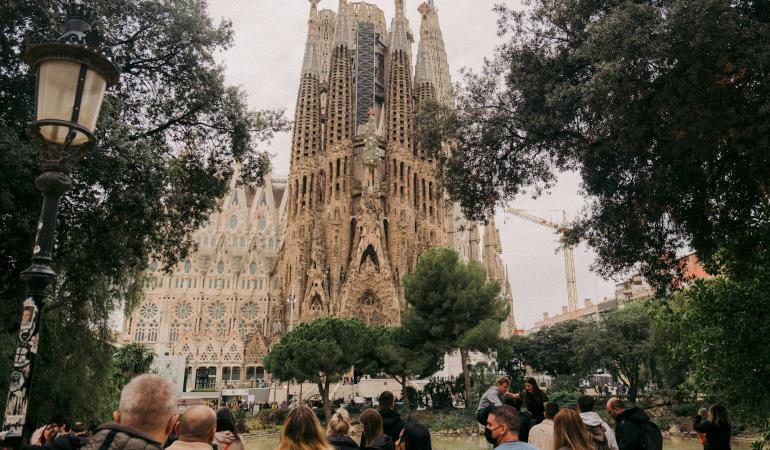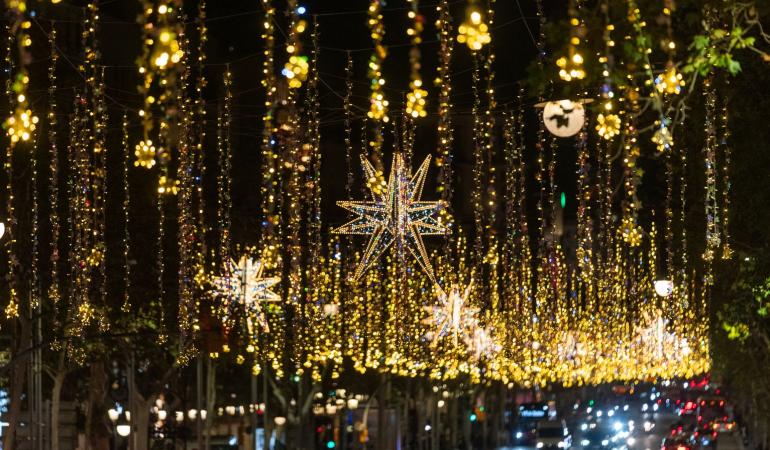La Rambla is undoubtedly Barcelona's best known promenade. Located in the heart of the city's historic centre, it links the Old Port with Plaza de Cataluña.
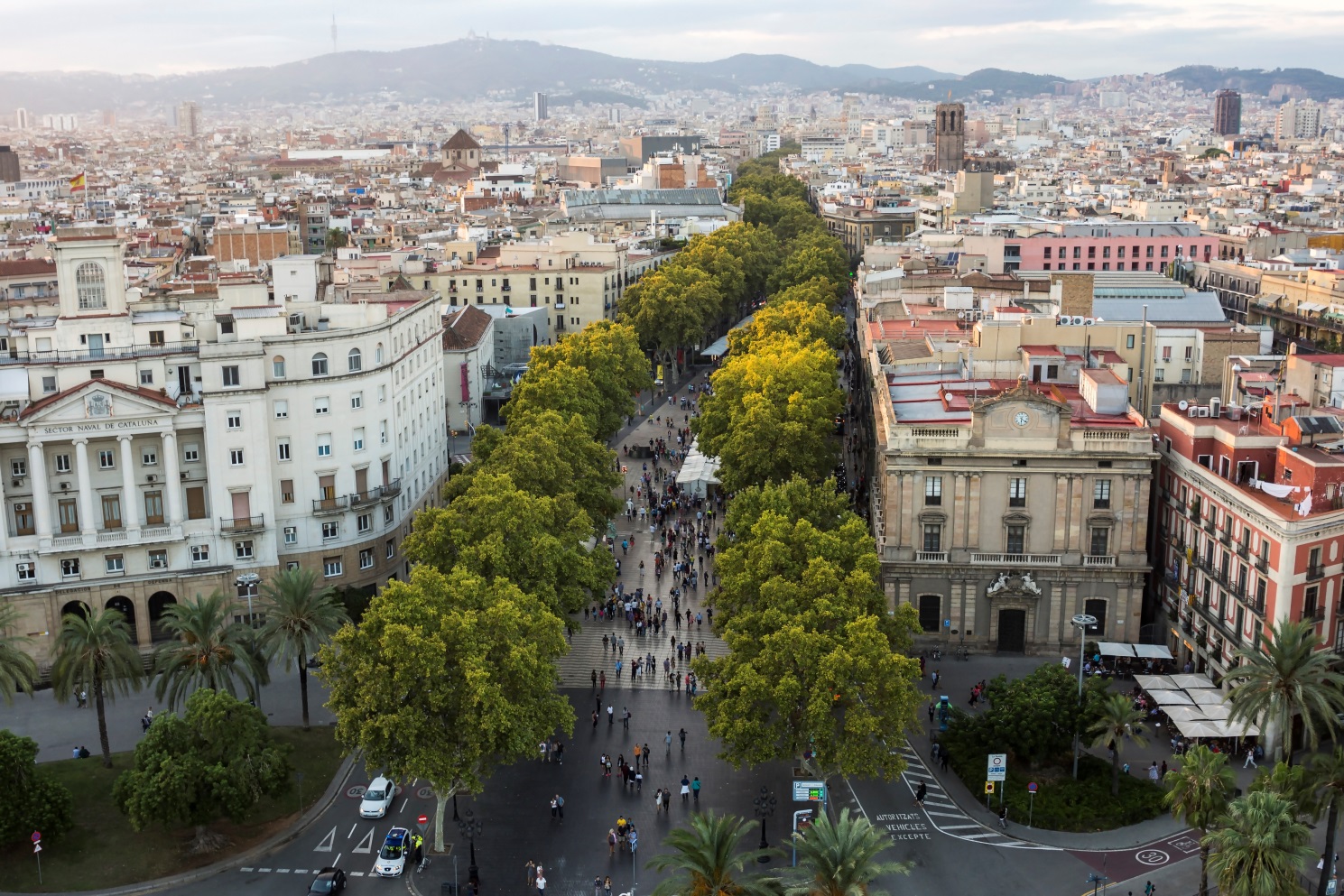
La Rambla is dotted with flower stalls, human statues, museums and historical buildings, as well as many cafés that bring life to the promenade from morning until dawn. It is exactly 1,200 metres in length and taking a stroll down this promenade is a must for all Barcelona visitors. Don´t miss out!
Its origins
La Rambla de Barcelona dates back to the 18th century. In 1766, the city decided to build a wide walkway following the path of the old medieval wall that had been knocked down six years earlier. All kinds of people flocked to the broad avenue that stood in contrast to the narrow streets of the city's old neighbourhoods.
Little by little, leisure and cultural venues found their place along the promenade. Today we find buildings as outstanding as the Gran Teatre del Liceu, (the Barcelona opera house), the Palau de la Virreina or the great Mercado de la Boqueria, among others.
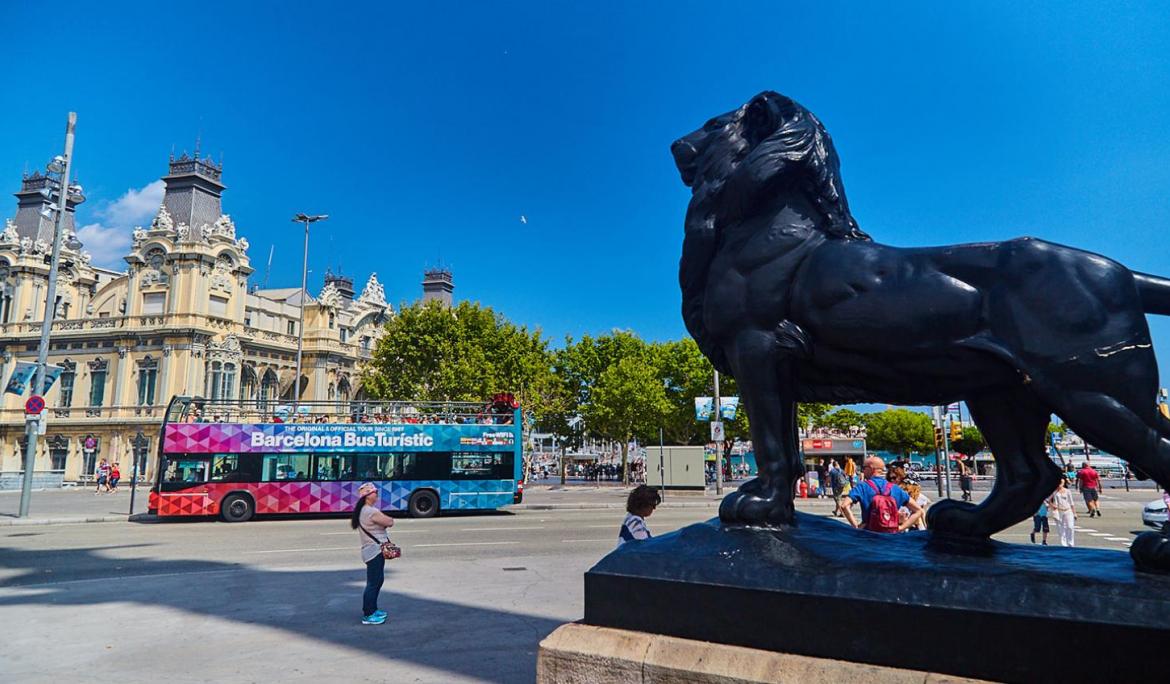
The differents “Ramblas”
LThe Rambla has different names according to its sections; that is why this promenade has the plural name "Las Ramblas". We guide you through its different sections from Plaza de Cataluña to the Columbus Monument:
La Rambla de Canaletes, with its famous Canaletes fountain, where Barcelona Football Club fans gather to celebrate their winning matches. Tradition holds that the visitor who drinks water from this fountain returns to Barcelona.
La Rambla dels Estudis, so called because in the 15th century it housed the Estudi General or University. It is also known as Rambla dels Ocells, because a bird market used to be located here. Here we find the baroque church of Betlem, from 1729; the Palau Moja, from 1784; and the modernist building of the Royal Academy of Sciences and Arts, from 1894, which houses a small astronomy observatory and a clock indicating the official time in Barcelona.
La Rambla de Sant Josep or de les Flors, the only place in the city where flowers were sold in the 19th century and are still sold today. Here you will find the famous Mercado de La Boqueria and the only Erotica Museum in Spain. The Palau de la Virreina (1778) and the popular Casa dels Paraigües, with its interesting Japanese-inspired decoration dating back to 1858, are also erected in this section.
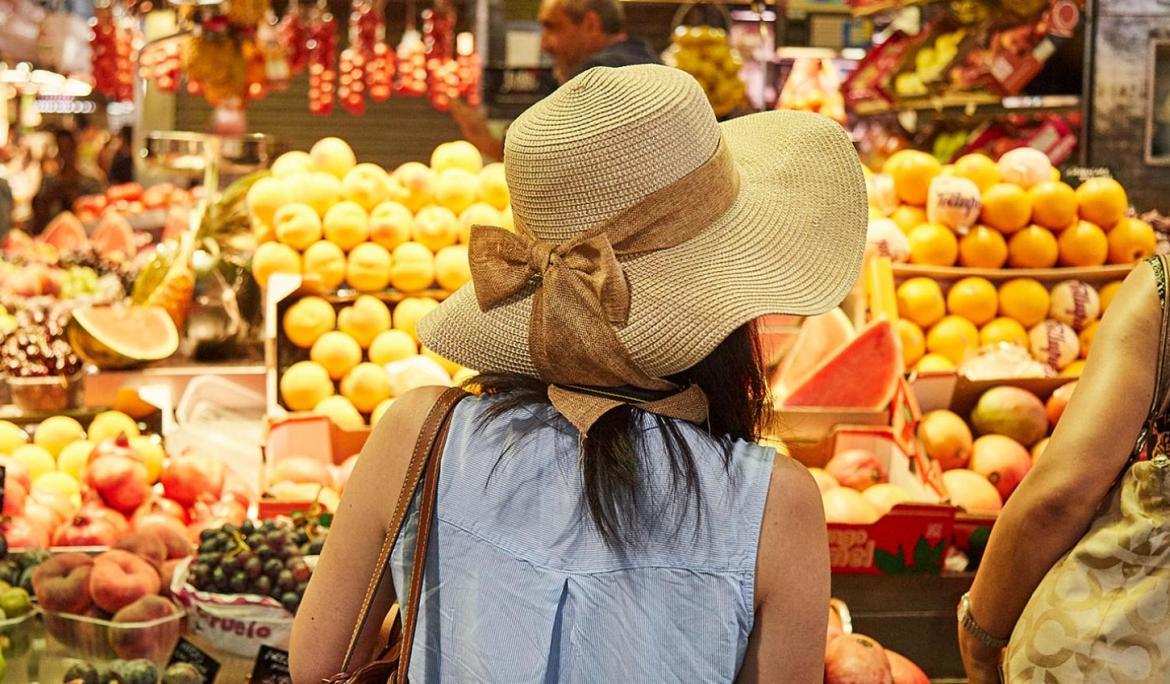
The Rambla dels Caputxins (or Rambla del Centre), named after an old convent of Capuchin friars, runs from the Gran Teatre del Liceu to the Pla del Teatre. In this oldest section of La Rambla, open as a promenade, we can see the Miró mosaic, the Palau Güell, the Hotel Oriente, the oldest in the city, and the Plaza Reial, where the convent this section was named after used to stand.
La Rambla de Santa Mònica, next to the port, houses the parish church of Santa Mònica, the Palau Marc, from 1781, the old cannon foundry (1777), where the main bell of the Barcelona cathedral was built and at the end of the promenade, the Columbus monument. This is where you´ll see many of the highly photographed human statues.
Places you must see on La Rambla
- Font de Canaletas: for football fans and in particular, Barça fans
- Mercado de La Boqueria: the oldest market in the city; an experience for the senses!
- El Teatre del Liceu: one of the most important opera houses in the world.
- Joan Miró Mosaic: this iconic work by the artist Joan Miró has the circular shape of the cosmos. Its yellow, blue and red colours and simple shapes speak the artist's own language.
- Plaza Reial: this is one of the few porticoed squares in the city and it retains the elegance and bustle of the 19th century. Surrounded by bars, restaurants and clubs it is an interesting option for any time of day (and night!)
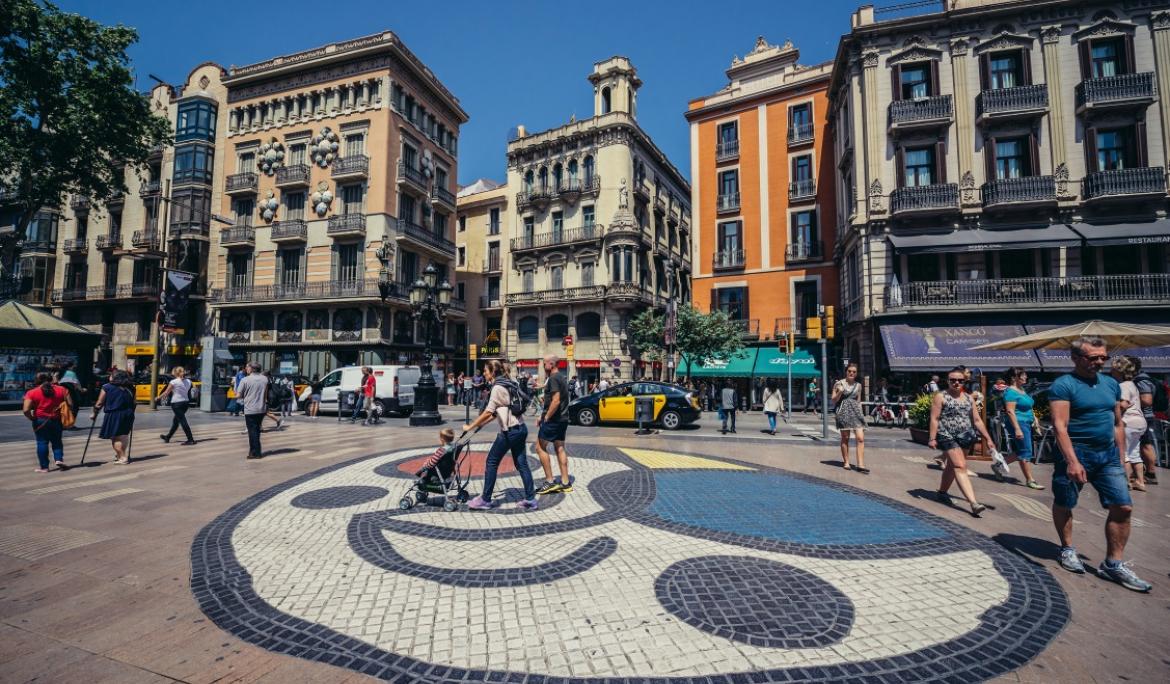
One last surprise...
When the Rambla reaches the sea, you'll come to the Mirador de Colom, a magnificent opportunity to enjoy a bird's eye view of this unique city artery. Go up to the view point and get some great photos of La Rambla and Port Vell!
Just enjoy yourself, we´ll take you:
- Barcelona Bus Turístic (blue and red routes).
- Hola Barcelona Travel Card (public transport in Barcelona).
